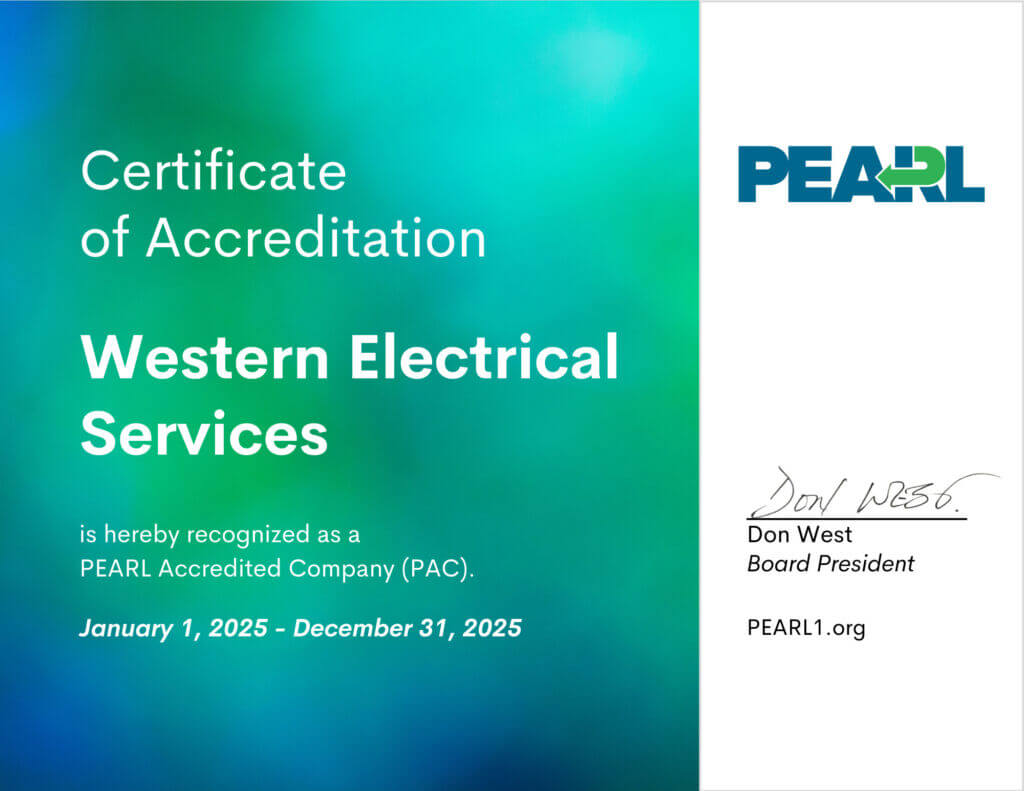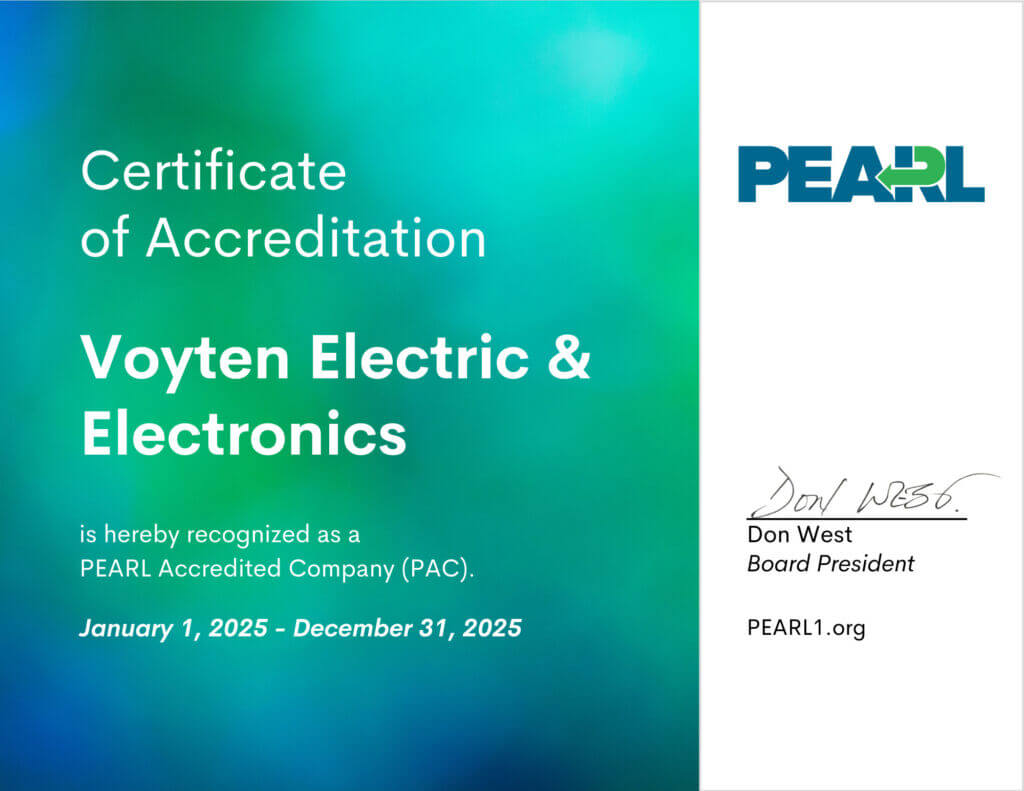Uncategorized
PEARL BOD Interview with Nick Milstead
Nick Milstead is Regional Vice President, Breaker Service Shops for Advanced Electrical & Motor Controls, and Vice President of PEARL. Advanced Electrical & Motor Controls are insulated case circuit breaker experts with the largest inventory and the experienced, skilled engineers and technicians capable of extending the life of your breakers by repairing, retrofitting or retrofilling your existing breakers utilizing the latest technology, instrumentation and test equipment.
Read MorePEARL Accredited Company Requirement for 2026
PEARL Accredited Company Requirement for 2026 As part of PEARL’s continued commitment to excellence, safety, and industry leadership, we are implementing an important new requirement for all PEARL Accredited Companies. Beginning January 1, 2027, all PEARL Accredited Companies will be required to have at least one Level 2 Certified Technician on staff. This decision is…
Read MorePEARL BOD Interview with Paul Jesson
Paul Jesson is a Project Engineer for Potomac Testing, and Secretary of PEARL. Potomac Testing, established in 1985, has earned its position as an industry leader in comprehensive low, medium, and high voltage electrical equipment services.
Read MorePEARL BOD Interview with Paul Grein
Paul Grein is a Vice President for Group CBS, and President of PEARL. Headquartered in Denton, Texas, Group CBS has affiliated companies throughout the U.S. and in the U.K. that provide premier products and unparalleled capabilities and services to the industrial, utility, electrical distribution, and repair markets.
Read MorePEARL BOD Interview with Kristen Jordan
PEARL BOD Interview with Kristen Jordan Kristen Jordan is President of North American Switchgear, Inc. Located in Cleveland, Ohio, North American Switchgear specializes in the sales and service (including all makes and vintages) of low and medium voltage circuit breakers, motor control, switchgear and replacement parts. How did you get involved in this industry and…
Read MoreWestern States Circuit Breakers, Inc. Certificate of Accreditation
Western States Circuit Breakers, Inc. Certificate of Accreditation
Read MoreWestern Electrical Services Certificate of Accreditation
Western Electrical Services Certificate of Accreditation
Read MoreVoyten Electric & Electronics Certificate of Accreditation
Voyten Electric & Electronics Certificate of Accreditation
Read MoreThe Electric Barn Certificate of Accreditation
The Electric Barn Certificate of Accreditation
Read MoreTechnitrol, Inc. Certificate of Accreditation
Technitrol, Inc. Certificate of Accreditation
Read More









